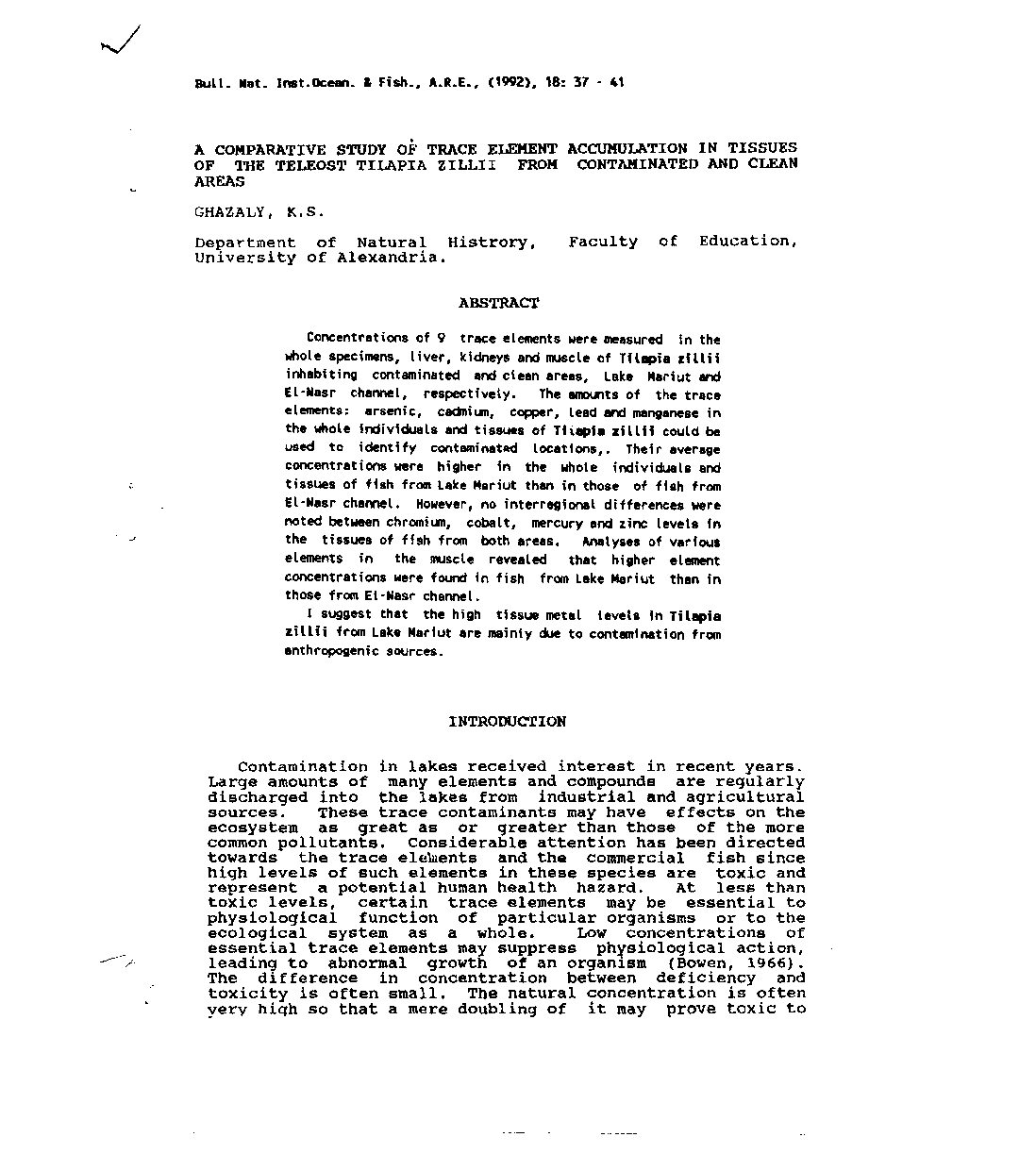Categories
vol-18FIELD AND LABORATORY STUDIES ON THE ECOLOGY OF MARINE
FOULING IN ALEXANDRIA HARBOUR, EGYPr .
MOHAMED M. EL-KOMI.
National Institute of Oceanography and Fisheries,
Alexandria, Egypt.
ABSTRACT
The species composition, seasonal a~ndance and rate of
growth of fouling are investigated on submerged test panels
in the field (the Eastern Harbour of Alexandria) and under
laboratory condi t ions from OCtober 1990 to November 1991.
Attachment of foulfng either on short term or long term
exposure panels showed pronoU’lCed seasonal changes in
abundance over the year. The period of abundance and
settlement numbers for several species reveal considerable
variations during different periods of observatfon
throughout the last 3 decades. The predominant constituents
of fouling were principally Bryozoa, calcareous tube worms,
barnacles, Ascidians, and Algae. The continuous reproduction
of fouling organisms coincided generally with the warmer
seasons, when the temperature exceeded 200C. The large
amount of pollutants discharged into the harbour has a
significant influence on the survival and movement of the
pelagic larvae and also plays an important role on the
species composition, abundance and their rate of growth. The
growth and biomass differed greatly in the different se3sons
depending upon temperature, season of immersion and duration
of exposure. Under the field and laboratory conditions, the
fouling assemblages on the test panels were highly affected.
The settlement intensity, species composition and rate of
growth decreased obviously or arrested, due to the
unfavorable conditions of incubation. The occurrence of
fouling assemblages on exposed test panels depending upon
the timing of reproduction of populations of different
marine organisms may be divided into three periods;.)
annual fouling, b) seasonal fouling and c) monthly fouling.
The fouling assemblages on exposed test panels were, in
general, poor after a one month exposure period, but often
became more dense on panels exposed for 3 successive months.
The occurrence of planktonic larvae indicates that rate of
fouling accumulation and species composition may differ
widely.







